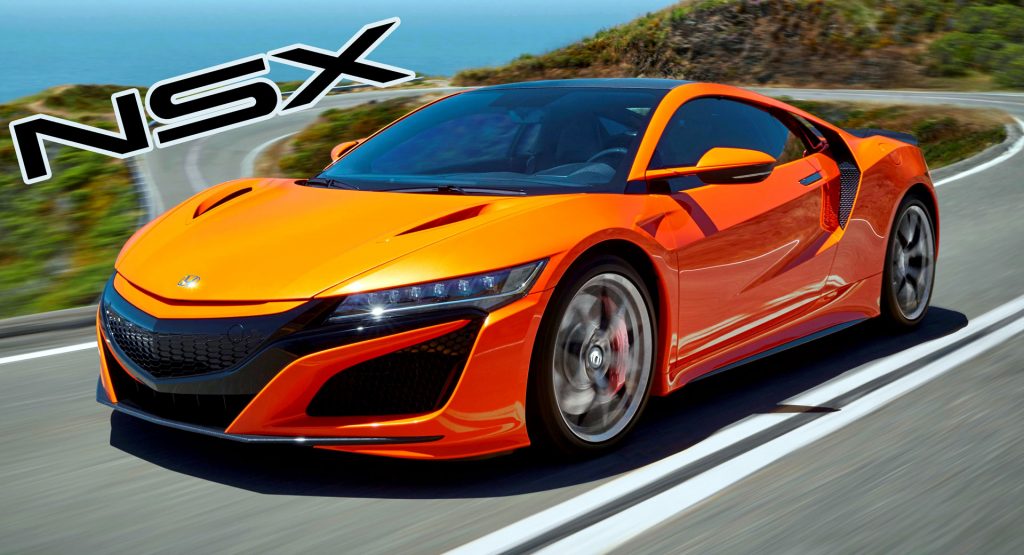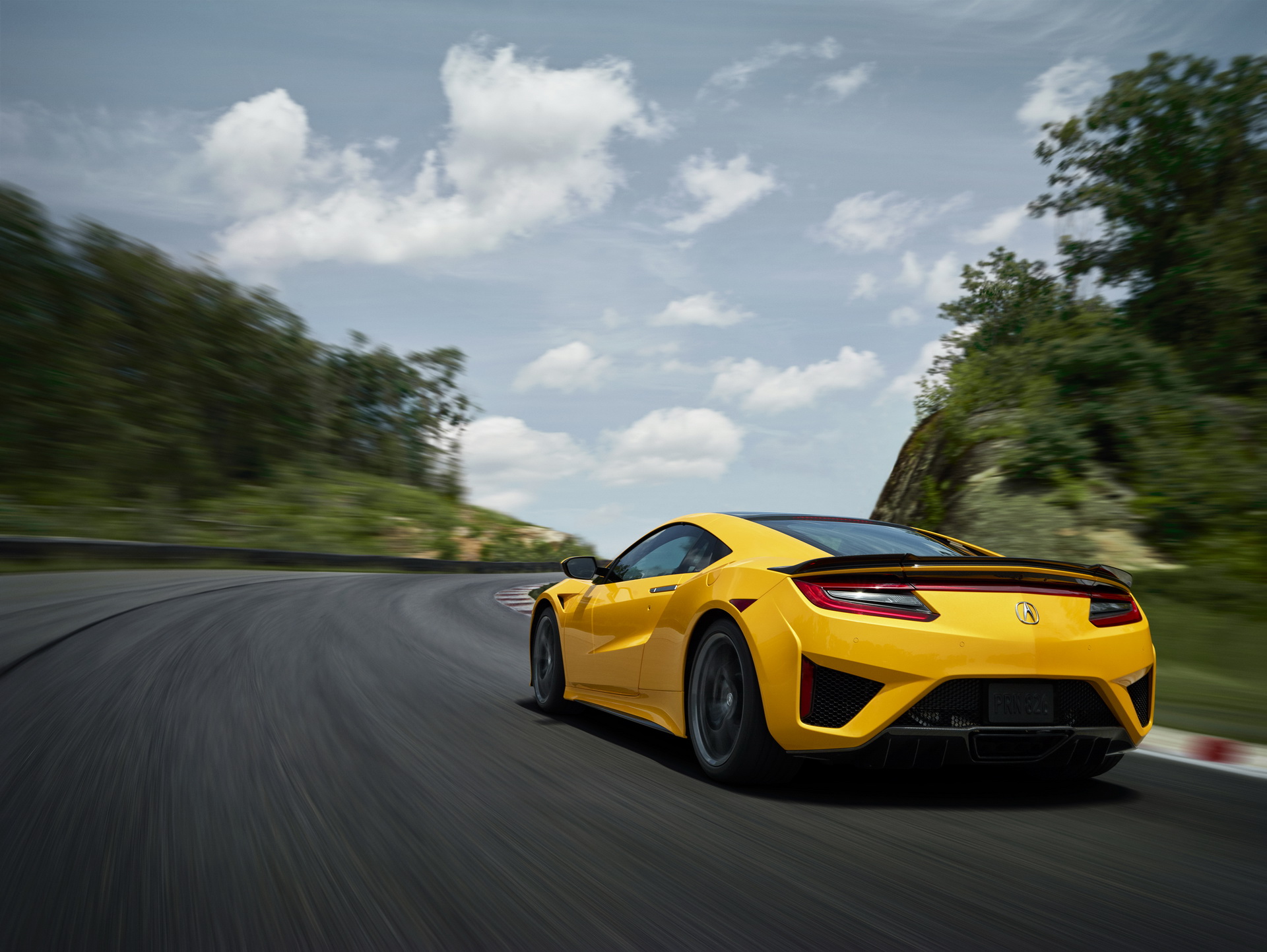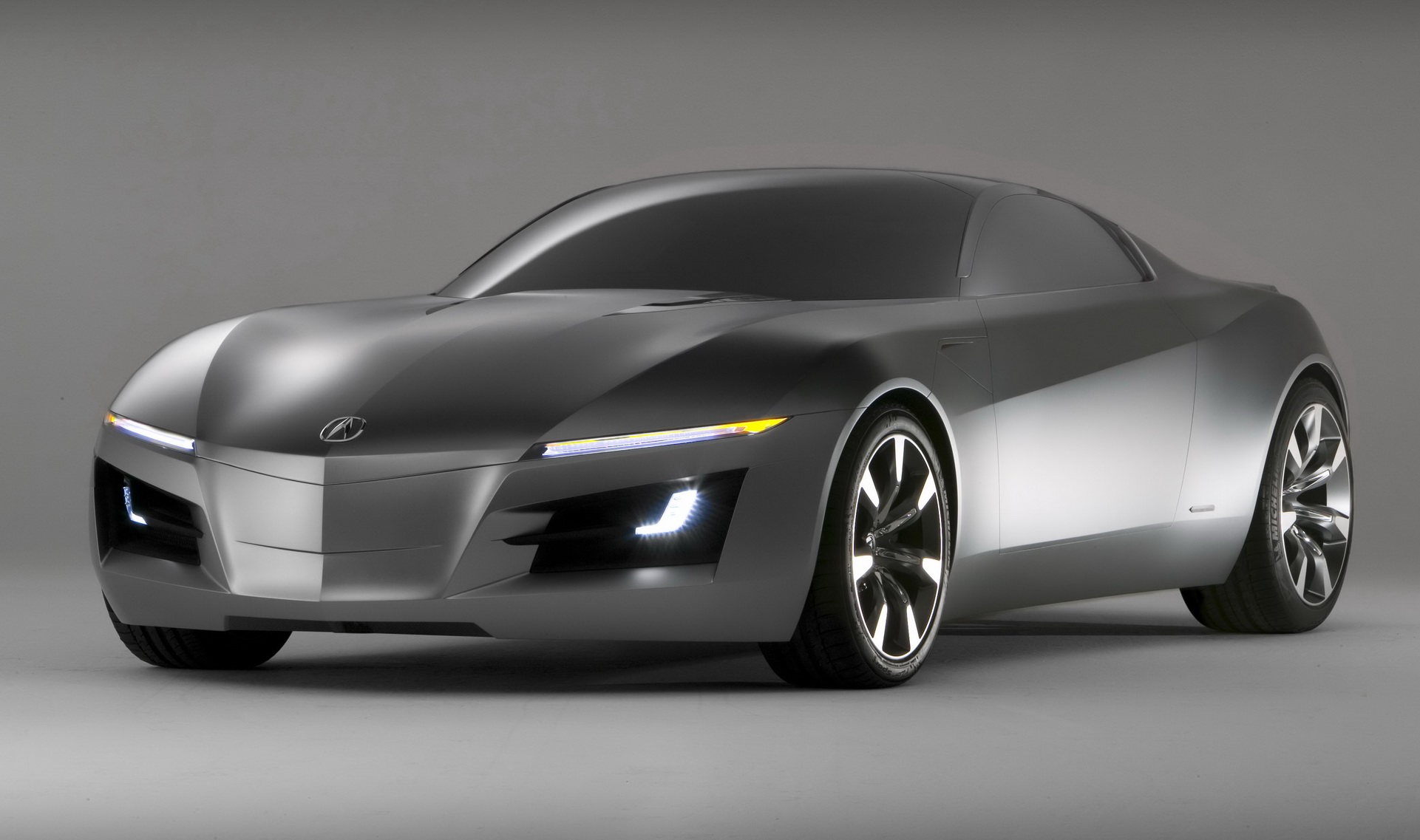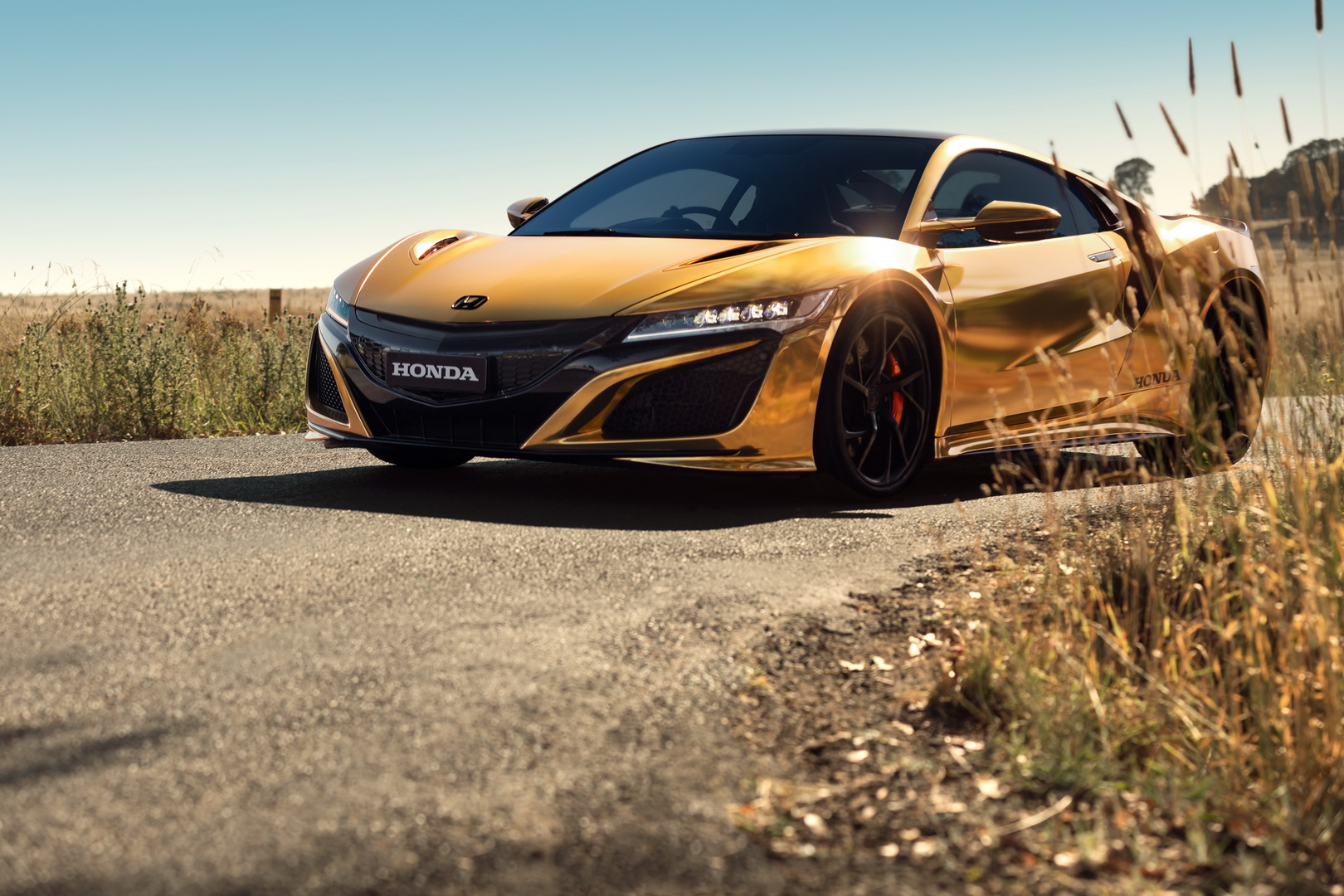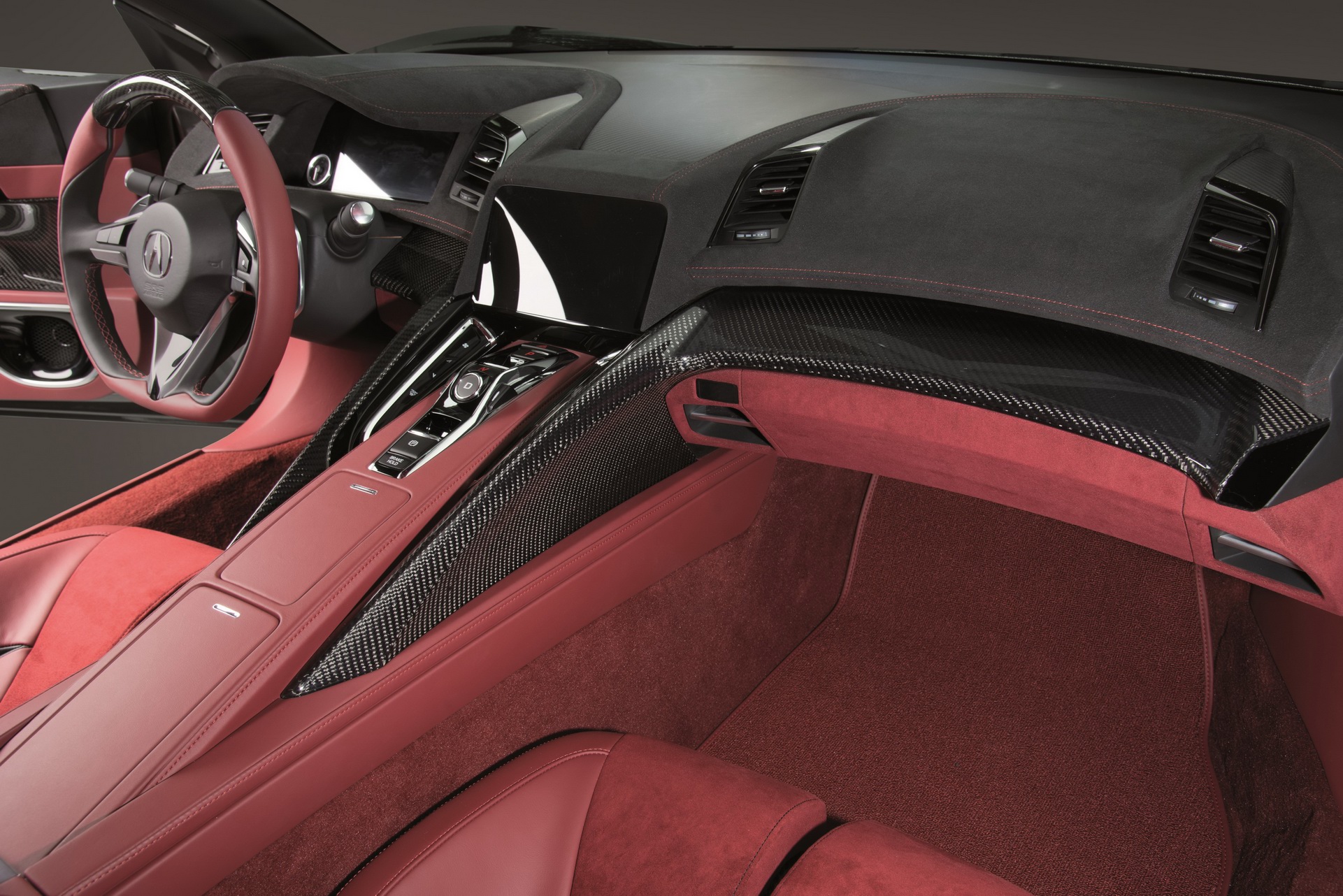This all seems too familiar. When the first-generation NSX was canceled in 2004, I recall a flood of articles from virtually every mainstream publication bemoaning its demise. Suddenly, the world was reminded that Honda made a superb supercar — even if by that point it was getting a bit long in the tooth.
The common thread was this: the NSX was brilliant to drive, gave Ferraris a run for their money, and with aspects such as its all-aluminum construction, was a true engineering marvel. And yet, growing up, I would wager that cars like the S2000, or any of the Type-Rs (such as the EP3 Civic, DC2 Integra, or Accord Type R), did far more for Honda’s sporting credentials.
But even the first-gen NSX, which started with 270 hp (274 PS/201 kW) and ended with 290 hp (294 PS/216 kW), lasted fifteen years in production. The second generation will die at six. The original sold over 18,000 units. The modern-day interpretation? Probably less than 3000.
Read: Honda Announces Plans To Auction First 2022 NSX Type S
Granted, the world is a different place now, but it begs the question, was Honda’s latest stab at the NSX really the best they could do? Several factors surround that question, so let’s look at just a couple of reasons why Honda might look back at the second-gen NSX as a failure.
That Long Gestation Period Full of Deliberation
Rumors of the first-gen NSX’s replacement were always rife. But since the original’s demise in 2005, we had to wait over a decade for the next car — that’s an entire production cycle for most. What we did get, though, were no less than three almost-NSXs.
First, there was the HSC, which retained the mid-engine layout, and paired it with a 3.5-liter V6. It looked the part (in this writer’s eyes at least) and made appearances for three years, touring motor shows from 2003–2005. But despite having a seemingly ready-to-go replacement for the NSX when it was culled in 2005, Honda let the HSC die a natural death.
Next was 2007’s Acura Advanced Sports Car Concept. Once again, things looked promising. The Acura concept replaced the mid-engine layout for a front-engine one, but we could forgive that because the motor had gained four cylinders. The V10 that was planned was supposedly related to Honda’s Formula 1 lump — although by this point, F1 had made the switch to V8s (perhaps further indicative of the disconnect between Honda’s road and F1 programs, but that’s another story).
The Advanced Sports Car Concept would eventually morph into the HSV-010. The HSV-010 was almost certainly what an NSX would have looked like. The road-car was going to have that front-mounted V10 engine, but development was canceled at the eleventh hour thanks to the financial crash of 2008. Somehow Honda managed to convince Super GT, the Japanese touring car series, to let them race the HSV-010, likely because it was so close to a road-going version. The HSV-010 would ditch the V10 for the V8 engine found in Honda’s Formula Nippon entry. It won the championship the first time out — yet another “what could have been” for the rest of us.
One Model Will Do For You
Yes, it’s easy to look back at the concept of a V10 NSX, and maybe it would have sold better at the time. But we shouldn’t take too much away from the supercar the world finally got. Back with a 3.5-liter V6, the hybrid second-gen NSX should have been far more relevant today. Not only is it electrified, but it also features the automaker’s Super-Handling All-Wheel Drive. It sounds daft, but in practice, it really isn’t.
The problem is, things got stagnant. Thanks to Tony Stark in the Avengers, we all hoped Honda would release a convertible or, at the very least, a Targa version. They didn’t. What about a higher performance model — one that could show the world what Honda’s reinvigorated F1 presence could mean for the road (let’s forget the modern McLaren years, and focus on the Red Bull ones). Nope. Nothing doing.
Read: Last Hurrah For The NSX Will Be The 2022 Type S
When Nissan launched the R35 GT-R in 2007, the six years that followed saw power upgraded four times. At launch, it was rated at 480 hp. In 2010 it had 485 hp, 2012 would see it have 530 hp, and the 2013 MY had 545 hp. And let’s not go down the rabbit hole of the various special editions and track packs released.
The NSX, on the other hand, got an update in 2019. It focused on handling – and not much else. Admirable, but not exactly headline-grabbing.

The Acura NSX Concept “Next Evolution” pictured here from the 2013 Detroit Auto Show was a subtly tweaked version of the 2012 study
The Type S that we’re promised will finally introduce a more powerful NSX — by how much, we’re just sure yet. And that too, only because Honda has lost faith. It’s not an answer to the fans who wanted a hard-core model for years. It’s just a way to send the NSX away in a quasi-memorable fashion.
There were, of course, other issues, too, some of which plagued the original car. Think badge snobbery and low-rent interiors, and you’re on the right track. But when Type S number 350 finally rolls off the production line, I’m fairly sure many at the Japanese carmaker will ask: Is this the best we could’ve done?




